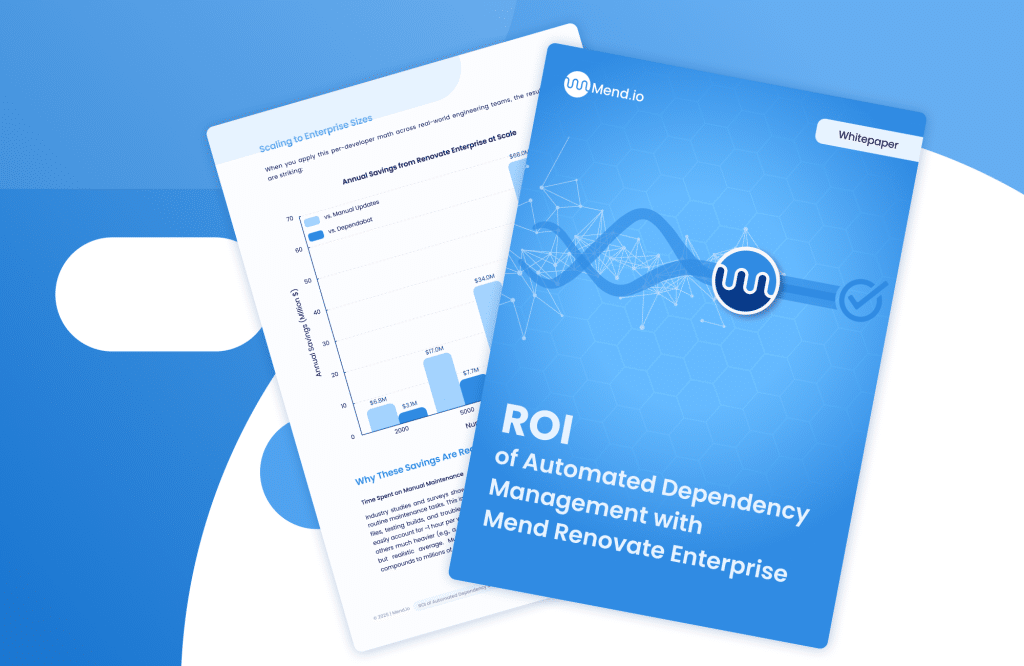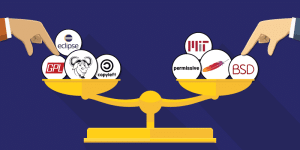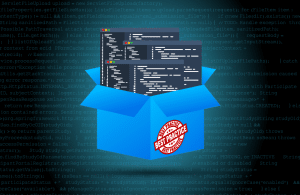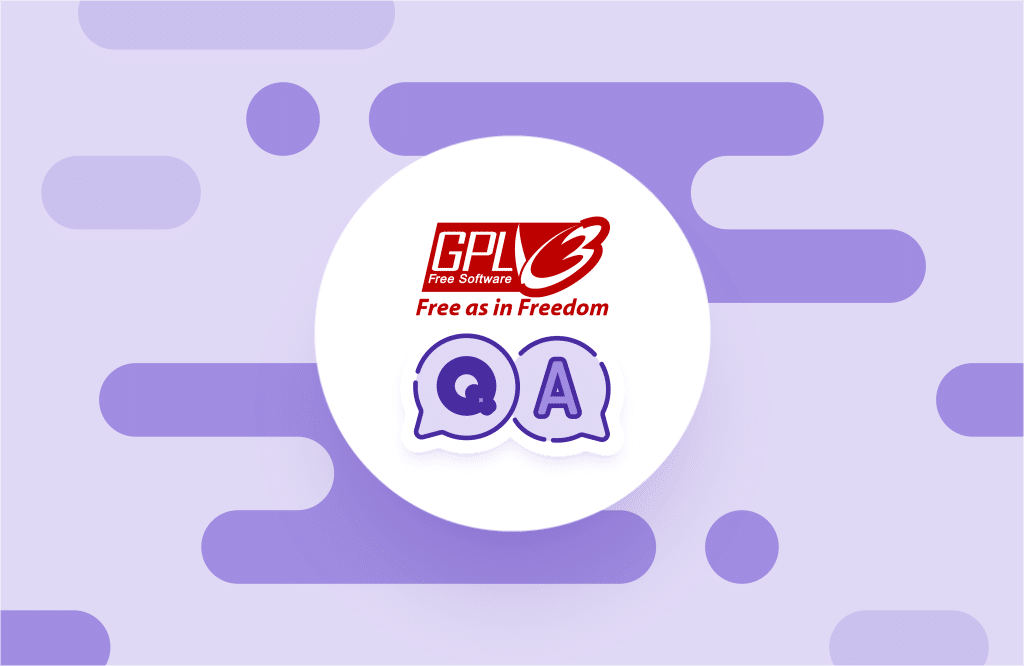Table of contents
What You Should Know About Open Source License Compliance
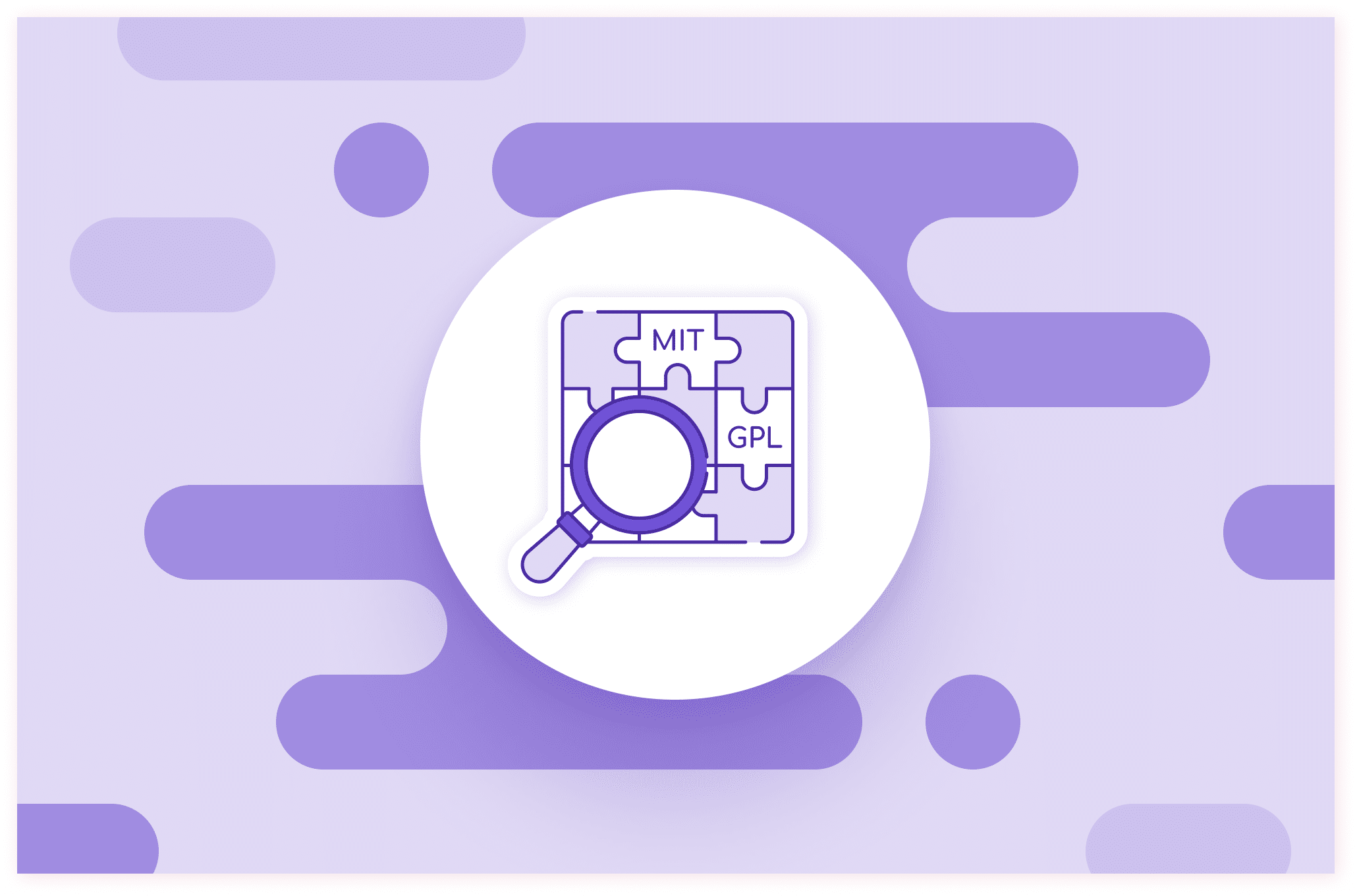
When a company goes through a merger or acquisition, one of the biggest risks hiding in plain sight is in the code itself. Open source license compliance isn’t just a legal concern — it’s a business-critical issue that can affect valuation, deal timing, and even the success of the transaction.
Every open source component comes with a license that dictates how it can be used, modified, and distributed. With over 200 unique licenses in circulation, keeping track of these obligations is a challenge for any software-driven company. During M&A due diligence, failing to uncover noncompliant open source use can derail deals or expose the buyer to future litigation.
Let’s unpack how open source license compliance affects M&A readiness — and what every organization can do to minimize the risks.
Learn more about open source.
Types of open source licenses
Open source licenses fall broadly into two categories: permissive and copyleft.
Permissive licenses, such as Apache 2.0 or MIT, allow almost unrestricted use and modification. They typically require attribution but do not demand that derivative works be open sourced. For that reason, permissive licenses pose relatively low compliance risk.
Copyleft licenses, including the GNU General Public License (GPL), are far stricter. They require that any distributed derivative work using GPL-licensed components also be released under the same or a compatible license. In practice, this means your proprietary source code could be subject to disclosure if it’s combined improperly with GPL components.
If you want a deeper comparison between popular license types and obligations, Mend.io’s open source licenses comparison guide provides a detailed overview of major licenses and their compatibility considerations.
The compliance risks of copyleft licenses
The risk with copyleft licenses like GPL is exposure. Once your product is distributed with a GPL dependency, you may be required to publish your full source code — effectively giving competitors a blueprint for your intellectual property.
You can reduce exposure by designing your architecture to separate GPL components from proprietary code. Practical steps include:
- Using dynamic (not static) linking between GPL modules and proprietary software
- Keeping separate names, documentation, and copyright notices for each module
- Offering the GPL and proprietary modules as distinct downloads or executables
This separation can help argue that your proprietary software is not a derivative work, reducing compliance obligations.
Building a company policy for open source license use
A clear internal policy is the first line of defense for open source license compliance. Treat licenses with the same rigor as security controls — manage by exception, not by endless approval.
Your policy should define:
- Whether GPL components are allowed in distributed products
- Where they can be used (backend tools vs. customer-facing applications)
- Which license types or versions are prohibited outright
Strong governance helps avoid accidental inclusion of high-risk licenses. For more practical guidance, review Mend.io’s insights on open source governance.
Ensuring license compliance with GPL components
When GPL-licensed code is used intentionally, compliance requires two main actions:
- Include a complete notice file for each open source component (with copyright, disclaimers, and license text).
- Provide access to the source code corresponding to the distributed binaries.
Each new release should update these notice files to reflect current license terms. This diligence protects your organization from legal challenges and builds trust with auditors during M&A due diligence.
Technical due diligence: Preparing for M&A
Technical due diligence is where open source license compliance directly affects deal outcomes. Buyers want to know what third-party code is in the product — and what obligations or risks come with it. Mend.io’s overview on open source due diligence explores how to prepare your codebase and documentation before an audit begins.
To prepare:
- Keep a complete inventory of third-party and open source components
- Record license type, version, and use case for each component
- Maintain links to the full license text and any restrictions
- Ensure the source code is accessible for GPL components
- Document whether your organization has rights to distribute proprietary modifications
Well-documented software assets can accelerate the due diligence process and prevent last-minute surprises.
Why an SBOM matters
Before any merger or acquisition, organizations should have a Software Bill of Materials (SBOM) — a comprehensive list of all software components and their licenses. SBOMs are now recommended (and in some jurisdictions required) for demonstrating software transparency.
An SBOM makes it easier to spot outdated or prohibited licenses early in the process. It’s also a foundation for continuous license monitoring and compliance validation.
If you’re formalizing this process, Mend.io’s guide on open source license management explains how automation and centralized tracking help maintain control across multiple projects.
Streamlining license compliance with SCA tools
Manually auditing thousands of dependencies is unsustainable. Modern software composition analysis (SCA) tools automate this process, continuously detecting open source components and their associated licenses as developers commit code.
During M&A due diligence, an SCA tool can:
- Generate an inventory of all third-party dependencies and metadata
- Identify declared and hidden licenses
- Flag copyleft components and generate compatibility reports
- Detect vulnerabilities alongside license risks
Even external code audits typically rely on SCA tools behind the scenes. Choosing a reliable solution helps ensure your codebase stays compliant and defensible under scrutiny. And when it’s time for a deeper review, understanding the right time for an open source audit can help you align compliance checks with your product and funding milestones.
You can further strengthen compliance by evaluating open source license compatibility, especially when integrating multiple licensed components. Mend.io’s overview on license compatibility covers common conflicts and how to resolve them during development or due diligence.
Why compliance defines M&A readiness
Open source license compliance isn’t just a checkbox — it’s a signal of operational maturity. Companies with documented policies, automated monitoring, and clean SBOMs not only move faster through due diligence but also command higher confidence from investors and acquirers.
By embedding compliance checks into development workflows and maintaining up-to-date license data, organizations can minimize risk, protect IP, and enter negotiations with confidence.
A well-governed approach to open source license compliance ensures that what’s powering your software doesn’t end up derailing your deal.
Additional guides on open source topics
Together with our content partners, we have authored in-depth guides on several other topics that can also be useful as you explore the world of open source.
Open source licenses
Authored by Mend
- Top Open Source Licenses Explained
- Dual Licensing for Open Source Components: Yeah or Meh?
- Open Source Licenses In 2022: Trends And Predictions
Apache Cassandra
Authored by Instaclustr
- Apache Cassandra Database | Instaclustr
- Apache Cassandra on AWS: The basics and how to manage
- Comparing Apache Cassandra to DynamoDB – Instaclustr Managed Platform
Apache Kafka
Authored by Instaclustr
- Using Apache Kafka with Python: Step by step
- Apache Kafka: Architecture, deployment and ecosystem [2025 guide]
- Apache Kafka tutorial: Get started with Kafka in 5 simple steps
